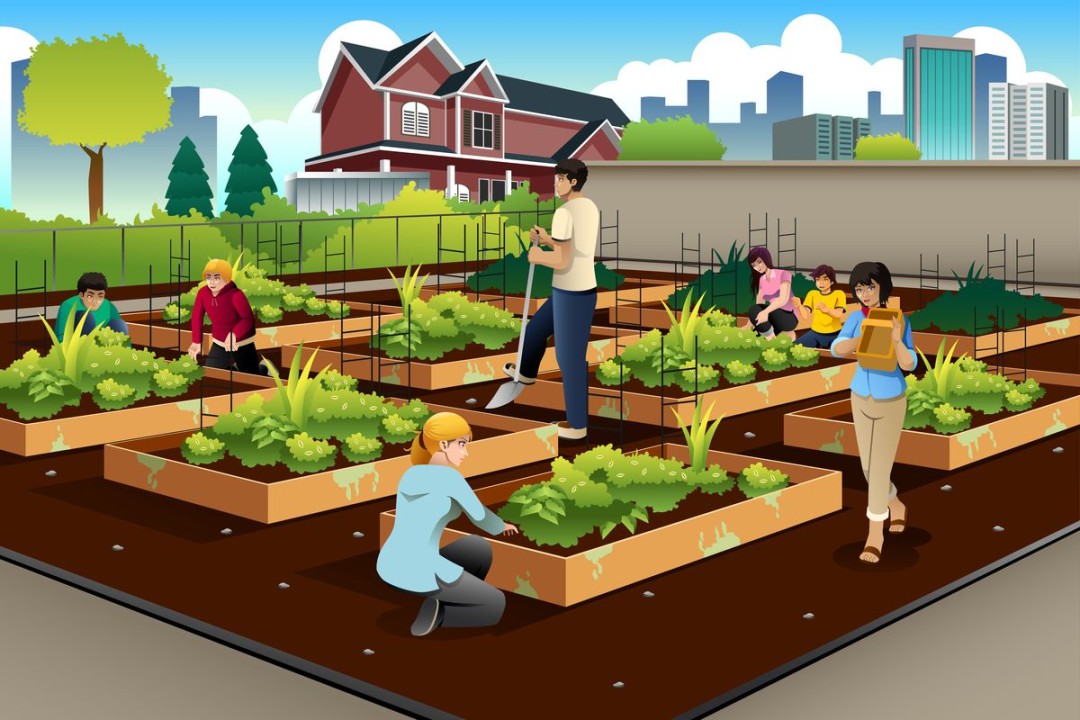Articles and Trivia
Write an articleThe Role of Urban Farming in Food Security

As cities continue to expand and global populations rise, ensuring access to fresh and nutritious food has become an increasing challenge. Urban farming—growing food in and around cities—is emerging as a powerful solution to enhance food security, reduce environmental impacts, and promote healthier lifestyles.
Urban farming takes many forms, including rooftop gardens, vertical farms, community plots, hydroponic systems, and even repurposed shipping containers. These innovative techniques enable food production in densely populated areas where traditional agriculture is not feasible.
One of the key advantages of urban farming is its ability to shorten the food supply chain. By growing food close to consumers, it reduces transportation costs, lowers carbon emissions, and ensures fresher produce. This is particularly beneficial in food deserts—urban areas with limited access to affordable and nutritious food.
Urban farming also fosters community engagement. Community gardens and co-operative farms bring people together, promote sustainability awareness, and provide educational opportunities about nutrition and environmental stewardship. Furthermore, they offer economic benefits by creating local jobs and encouraging entrepreneurship in agriculture and related sectors.
While urban farming cannot entirely replace rural agriculture, it plays a critical complementary role. By integrating it into urban planning and policy, cities can become more self-sufficient, resilient, and better equipped to address food security challenges in an ever-changing world.
In conclusion, urban farming is more than a trend—it's a necessary innovation that can strengthen our food systems, empower communities, and contribute significantly to sustainable urban development.


